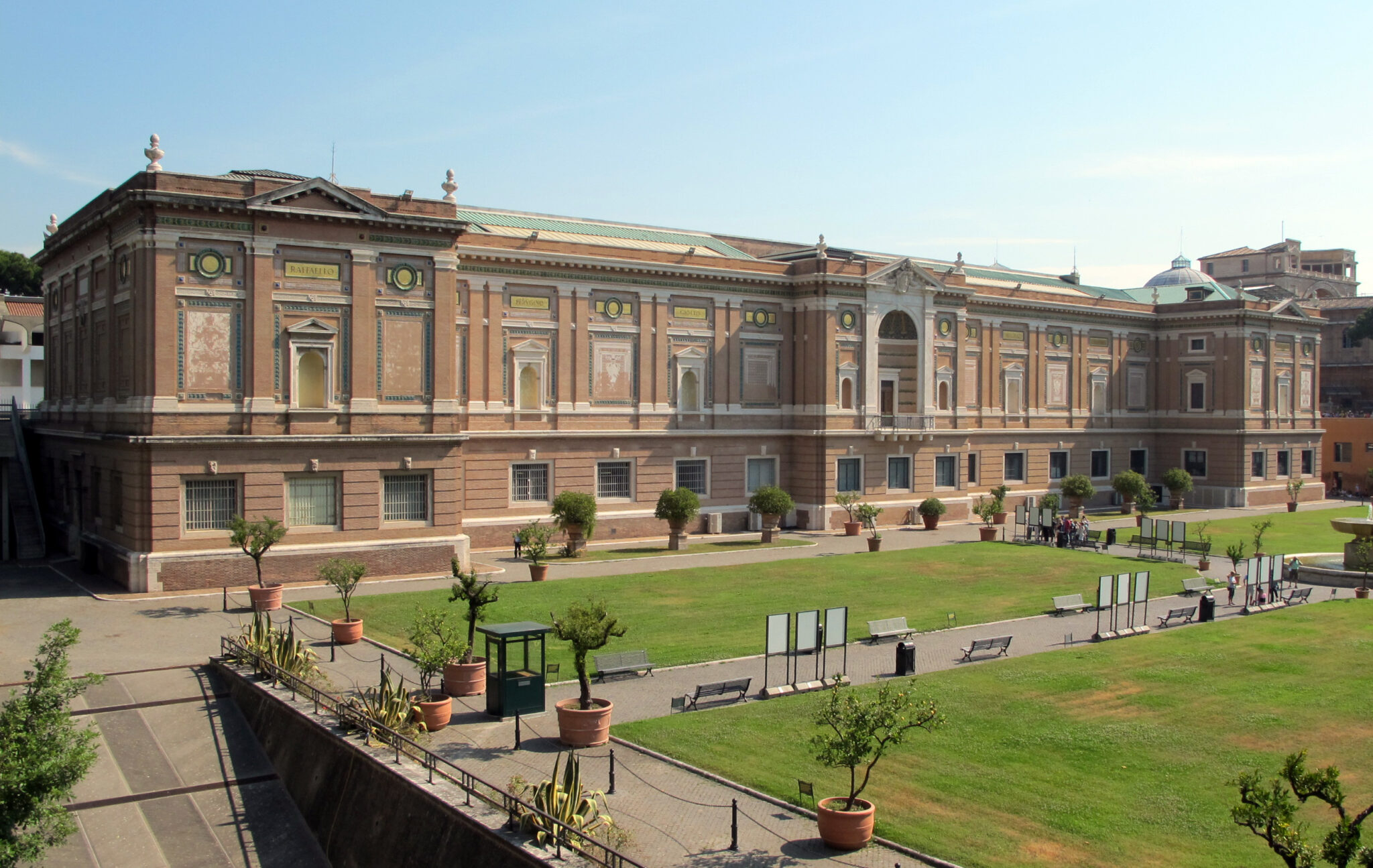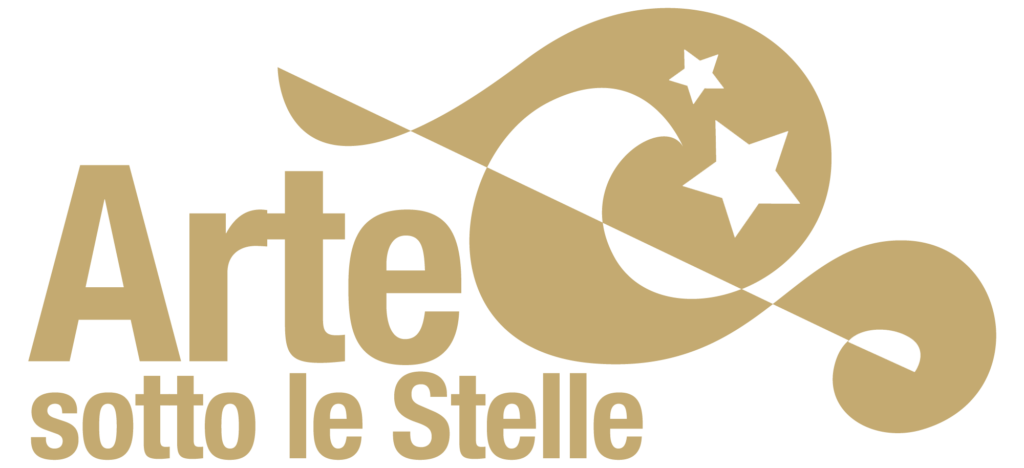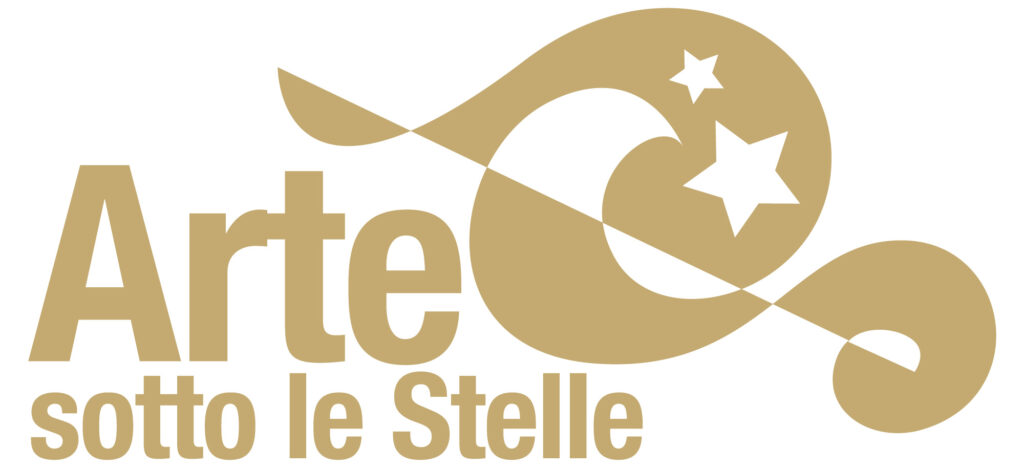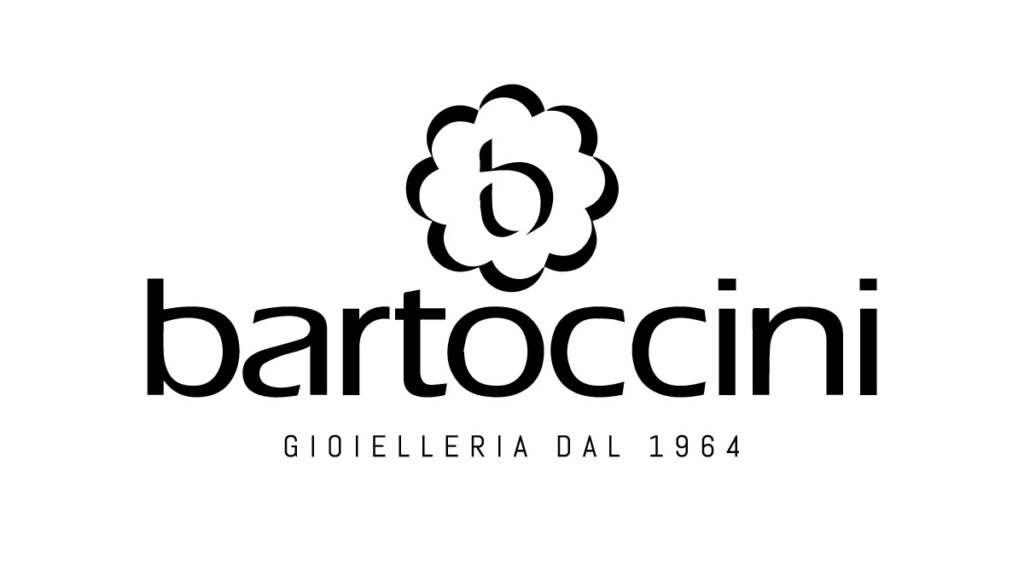Pinacoteca Vaticana – Vatican City
The modern collection was born after the fall of Napoleon, when following the Congress of Vienna of 1817 numerous masterpieces transported to France during the requisitions were returned to Italy. The collection continued to grow over the years, thanks to donations and acquisitions, and now it preserves about 460 works realized by some of the greatest Italian artists, such as Giotto, Raffaello, Leonardo, Caravaggio, Perugino, and many others.
Despite the importance of the masterpieces preserved, until the twentieth century the collection did not have a fixed location, and the works were constantly moved within the Apostolic Palaces. A new structure was then built on the Square Garden, by order of Pius XI, designed by the architect Luca Beltrami; the Pinacoteca Vaticana was finally inaugurated on October 27, 1932. The exhibition path is divided into eighteen rooms where the paintings are exposed following a chronological order: starting from the Primitives (XII – XIII century) up to the nineteenth century.











